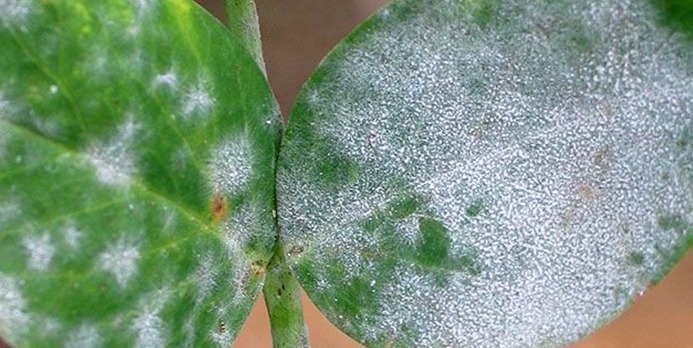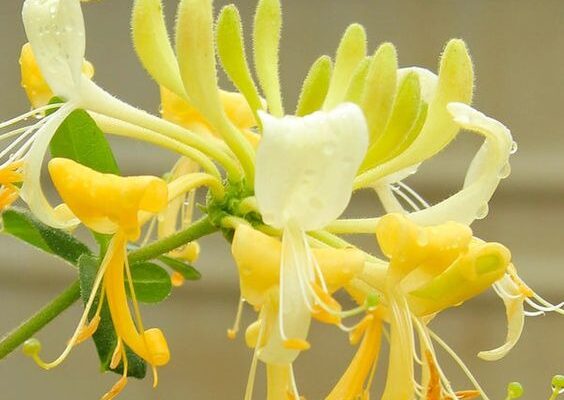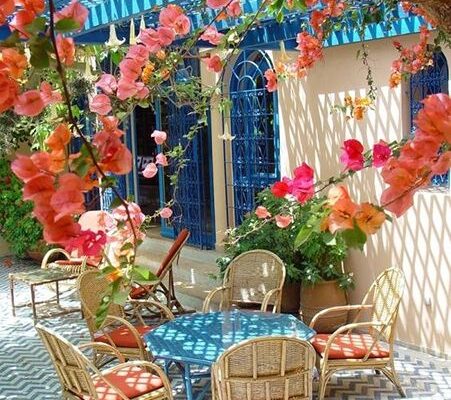How to Grow Bloomerang Lilac: Easy Tips
Lovers of lilacs often express their disappointment with the short duration of the lilac bloom cycle. How to grow Bloomerang Lilac; During May, lilac bushes bloom for approximately two weeks, and before one realizes it, the blossoms have already withered away until the following year. If you find yourself yearning for more of the captivating sight and delightful fragrance of purple lilacs, there are alternatives available to you. You can opt to cultivate late-blooming varieties or introduce a Bloomerang lilac tree to your landscape or patio. The Bloomerang lilac tree, a trademarked hybrid, is intentionally bred to be smaller in size compared to a typical lilac bush. How to grow Bloomerang Lilac; It showcases clusters of lavender and purple flowers, each adorned with four splayed petals. For optimal growth and blooming periods, it is recommended to plant this lilac either in early spring or autumn, allowing sufficient time for its roots to develop.
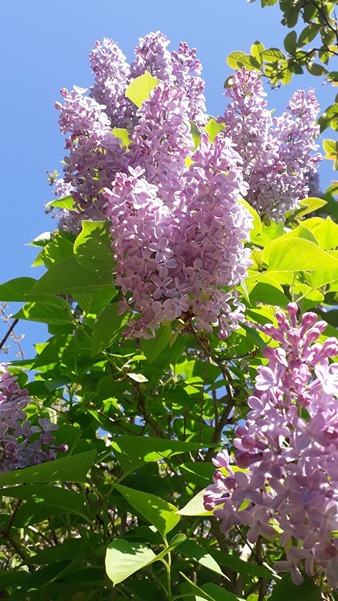
Common Name: Bloomerang lilac, reblooming lilac
Botanical Name: Syringa x ‘Penda’
Family: Oleaceae
Plant Type: Shrub
Mature Size: 4-5 ft. tall and wide
Sun Exposure: Full
Soil Type: Loamy
Soil pH: Alkaline, neutral
Bloom Time: Spring, summer, fall
Flower Color: Pink, purple
Hardiness Zones: 3-7 (USDA)
Native Area: Cultivar, no native range
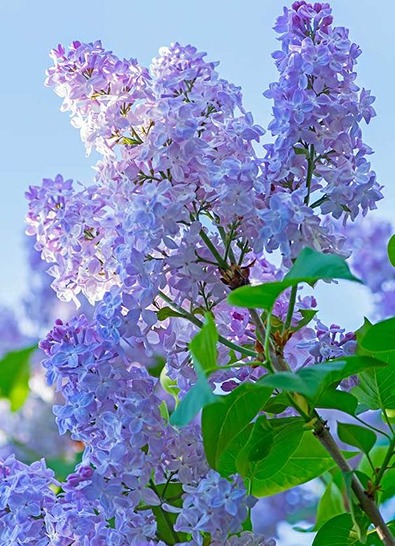
Bloomerang Lilac Care
Cultivated for optimal performance and resistance against diseases, hybrids such as the Bloomerang lilac are designed to be low-maintenance and require minimal care. How to grow Bloomerang Lilac; they serve as excellent shrubs for borders, foundations, and privacy screens, offering a nearly carefree experience. Bloomerang lilacs can be planted individually as a striking specimen plant, arranged in small clusters, or utilized for mass plantings. Similar to the common lilac, they are also resistant to deer.
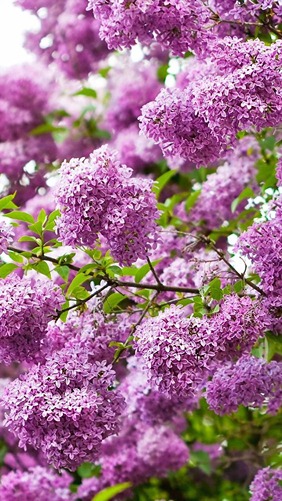
Light
Full sun is the ideal condition for Bloomerang lilacs to thrive. While they can tolerate partial shade, it’s important to note that their bloom production may be reduced compared to when they are exposed to abundant sunlight.
Soil
Similar to other lilacs, the Bloomerang variety flourishes when planted in soil that is enriched with organic matter. It is important to ensure that the soil is neutral to slightly alkaline, as lilacs are not fond of acidic soil with a pH of 6.5 or lower. Adequate drainage is crucial, as lilacs struggle to thrive in waterlogged or overly wet soil conditions.

Water
Similar to other lilacs, the Bloomerang variety flourishes when planted in soil that is enriched with organic matter. It is important to ensure that the soil is neutral to slightly alkaline, as lilacs are not fond of acidic soil with a pH of 6.5 or lower. Adequate drainage is crucial, as lilacs struggle to thrive in waterlogged or overly wet soil conditions.

Climate and Moisture Level
Similar to the majority of lilacs, Bloomerang requires a prolonged duration of cold winter weather to achieve abundant blooming. This characteristic renders lilacs unsuitable for regions with hot climates. Although Bloomerang lilacs can be planted as far south as USDA hardiness zone 7, they thrive most effectively in areas where summers are relatively cooler. In regions with hot summers, it is advisable to provide some shelter from the intense afternoon sun to ensure the lilac’s well-being.
Generally, humidity does not significantly impact the shrub, except in instances where the weather is exceptionally hot and humid. In such conditions, reblooming may be slightly slowed down.
Fertilizer
To ensure optimal growth and blooming, it is recommended to fertilize Bloomerang lilacs twice during the year. The first application should be done in early spring, immediately after the ground has softened. The second round of fertilization should take place after the spring bloom, providing the lilac with a beneficial boost for continued blooming throughout the summer. When selecting a fertilizer, opt for one that is rich in phosphorus as it aids in promoting blooming. It is advisable to avoid fertilizers with high nitrogen content, as excessive nitrogen encourages foliage growth rather than blooming. For the appropriate amount of fertilizer to use, please refer to the instructions provided on the product label.
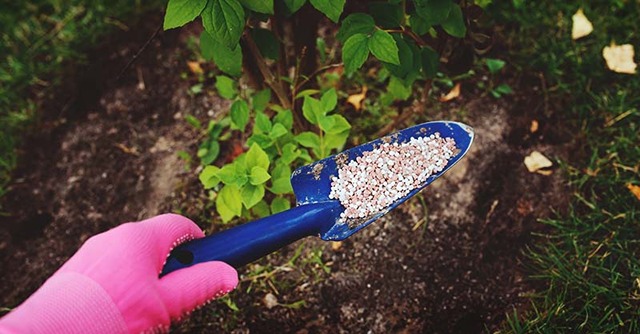
Types of Bloomerang Lilac
The Bloomerang ‘Pink Perfume’ is a standard-sized variety known for its pink flowers.
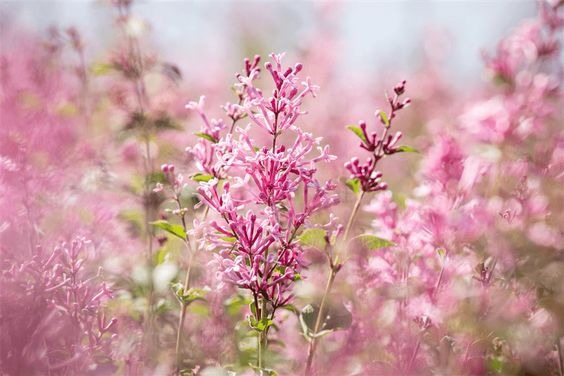
The Bloomerang Dark Purple ‘SMSJBP7’ is another standard-sized cultivar, distinguished by its dark purple flowers.
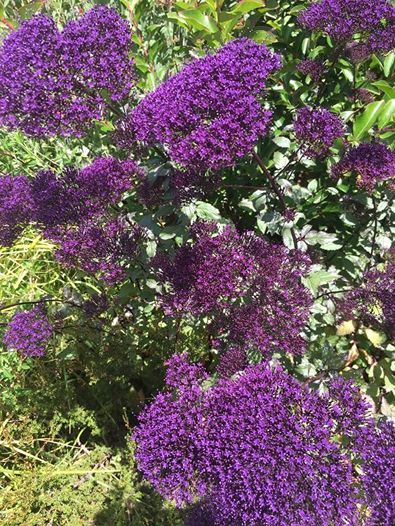
The Bloomerang Dwarf Pink ‘SMNJRPI’ is a compact cultivar that has a maximum height and spread of two to three feet. It showcases lovely pink flowers.
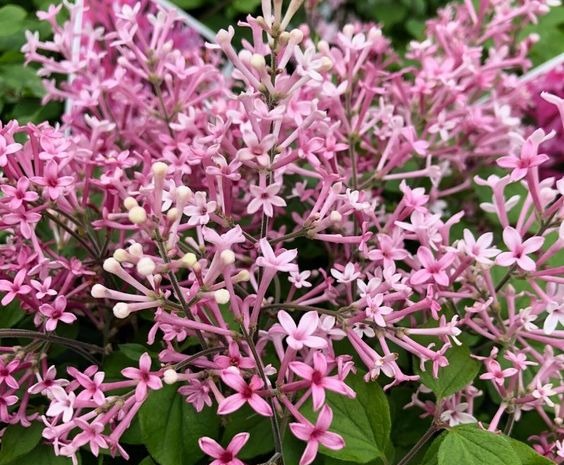
How to Prune
How to grow Bloomerang Lilac; it have the unique ability to bloom on both old and new wood, which includes the stems from the previous year as well as the new growth of the current year. Due to their relatively compact size, they do not necessitate frequent pruning. However, if you desire to shape the plant, it is recommended to prune it using sterile garden pruners immediately after the flowering period. While it is not essential, you may also choose to remove spent flowers in spring to maintain a tidier appearance. It is crucial to avoid pruning Bloomerang lilacs during fall, winter, or spring when they are flowering, as doing so could inadvertently remove developing flower buds.
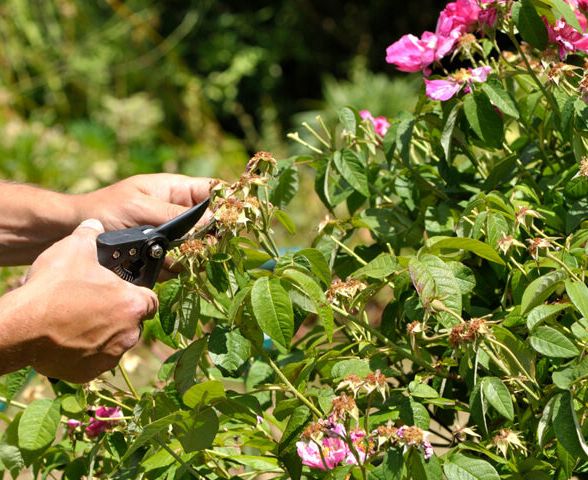
How to Propagate
Propagation of this cultivar is strictly prohibited by a plant patent since it is a registered trademark. How to grow and care for Bloomerang Lilac; It is not permitted to propagate the Bloomerang series of lilacs through cuttings or seeds. Only the breeder has the authorized rights to propagate these lilacs and sell them under the designated name Bloomerang.
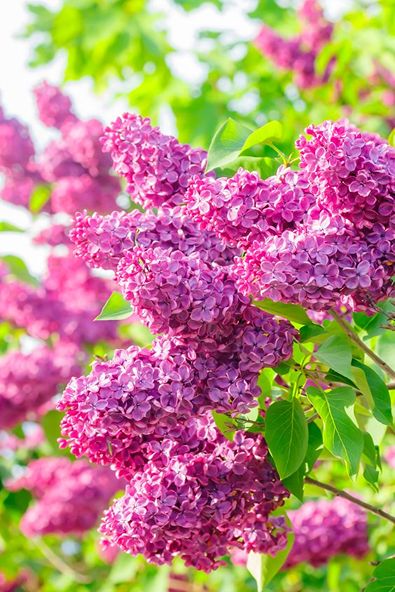
Potting and Repotting Bloomerang Lilac
Bloomerang lilacs, unlike common lilac and larger lilac species, can be cultivated in containers, especially the dwarf varieties. However, it’s important to consider that even compact lilacs have an extensive root system. Therefore, the container should be adequately sized, with a diameter of at least 18 to 24 inches.
Prior to beginning the planting process, it’s recommended to familiarize yourself with common mistakes in container gardening. For instance, avoid filling the container with potting soil before determining its final location. It’s worth noting that an 18-inch diameter container for a Bloomerang lilac can hold approximately 15 gallons of soil, so moving it after planting can be cumbersome. Ensure that your chosen container has ample drainage holes to facilitate thorough water drainage and prevent root rot. Plastic containers that retain excessive moisture should be avoided, while wood, concrete, or resin pots are preferable for this plant. If you reside in an area with cold winters, it’s advisable to steer clear of terra-cotta pots that may crack when the contents expand during freezing temperatures.
Adequate watering is crucial for the survival and blooming of your Bloomerang lilac. It is essential to follow the watering guidelines for container plants.
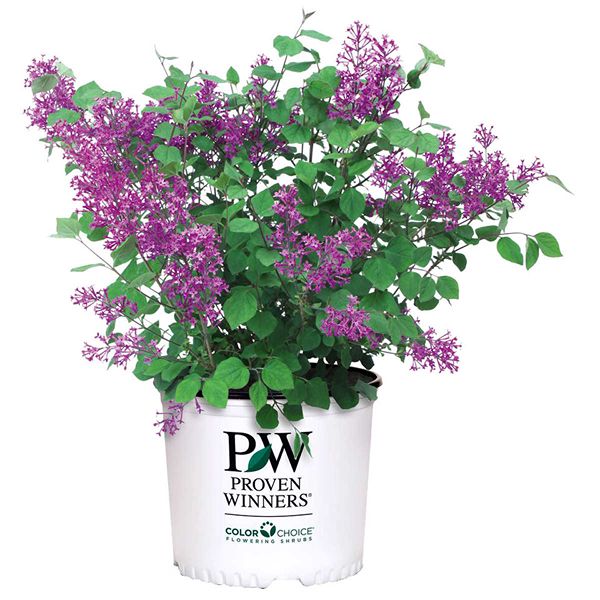
Overwintering
While lilacs are known for their winter-hardiness, it is possible to provide additional care to new plants in order to help them withstand extremely cold winters. To protect young plants, it is advisable to thoroughly water them before the onset of freezing temperatures, followed by applying a layer of mulch over the roots once the ground has frozen. If there is a forecast for a late winter or early spring ice storm or arctic blast, it is recommended to cover the plants to safeguard delicate buds. The covering should be removed promptly when the weather begins to warm again.
Potted Bloomerang lilacs, on the other hand, will benefit from some winter protection to prevent their roots from being exposed to freezing and thawing cycles. It is advisable to relocate the container to a sheltered outdoor area or an unheated outbuilding. However, it is important to note that bringing a lilac indoors is not recommended, as they require exposure to cold weather in order to properly set buds for optimal flowering.
Common Plant Diseases
While Bloomerang lilacs exhibit a higher resistance to powdery mildew and leaf spots compared to common lilacs, they are not entirely immune to these issues. Since powdery mildew, which is caused by a fungus, tends to thrive in humid conditions, it is essential to promote good air circulation around your Bloomerang lilac by allowing sufficient space for its growth. Planting the shrubs at a minimum distance of 5 to 6 feet apart will aid in achieving proper air movement and reduce the likelihood of powdery mildew and leaf spots.
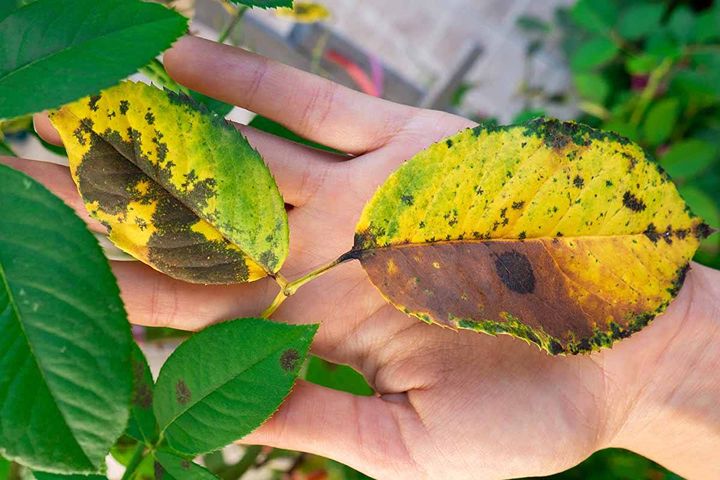
How to Get Bloom
Bloomerang lilacs are specifically designed to facilitate easy blooming and reblooming. The initial spring bloom differs from the subsequent blooms in summer and fall, as the panicles are smaller and possess a darker hue compared to spring. To ensure successful reblooming, it is crucial for the Bloomerang lilac to experience optimal growth during late spring and early summer.
During the spring and summer months, it is recommended to maintain adequate moisture levels for the shrub and provide it with at least six hours of daily sunlight to enhance the quality of fall flowers. Light fertilization should be conducted before and after the spring bloom, and a very gentle pruning of the shrub after its spring flowering is advised. These practices encourage new growth, which in turn maximizes blooming during late summer and fall. However, it’s important to note that pruning may potentially remove developing buds. To achieve the best results, it is advised to proceed cautiously, snipping off a portion of a branchlet just below the spent flower.
If your Bloomerang lilac is grown in a container, ensure that the pot is spacious enough and that the plant is not root-bound. A crowded and rootbound Bloomerang lilac will not thrive and may experience limited blooming.

Common Problems
Bloomerang lilacs generally maintain good health, with the exception of occasional powdery mildew that can lead to leaf disfiguration. Despite this, the hybrid variety is quite resilient, and the presence of mildew is typically more of an aesthetic inconvenience rather than a threat to the shrub’s overall growth and blooming. To manage the mildew, applying a fungicide can help keep it under control, and it is also recommended to annually remove fallen leaves from around the plant by raking them up.
